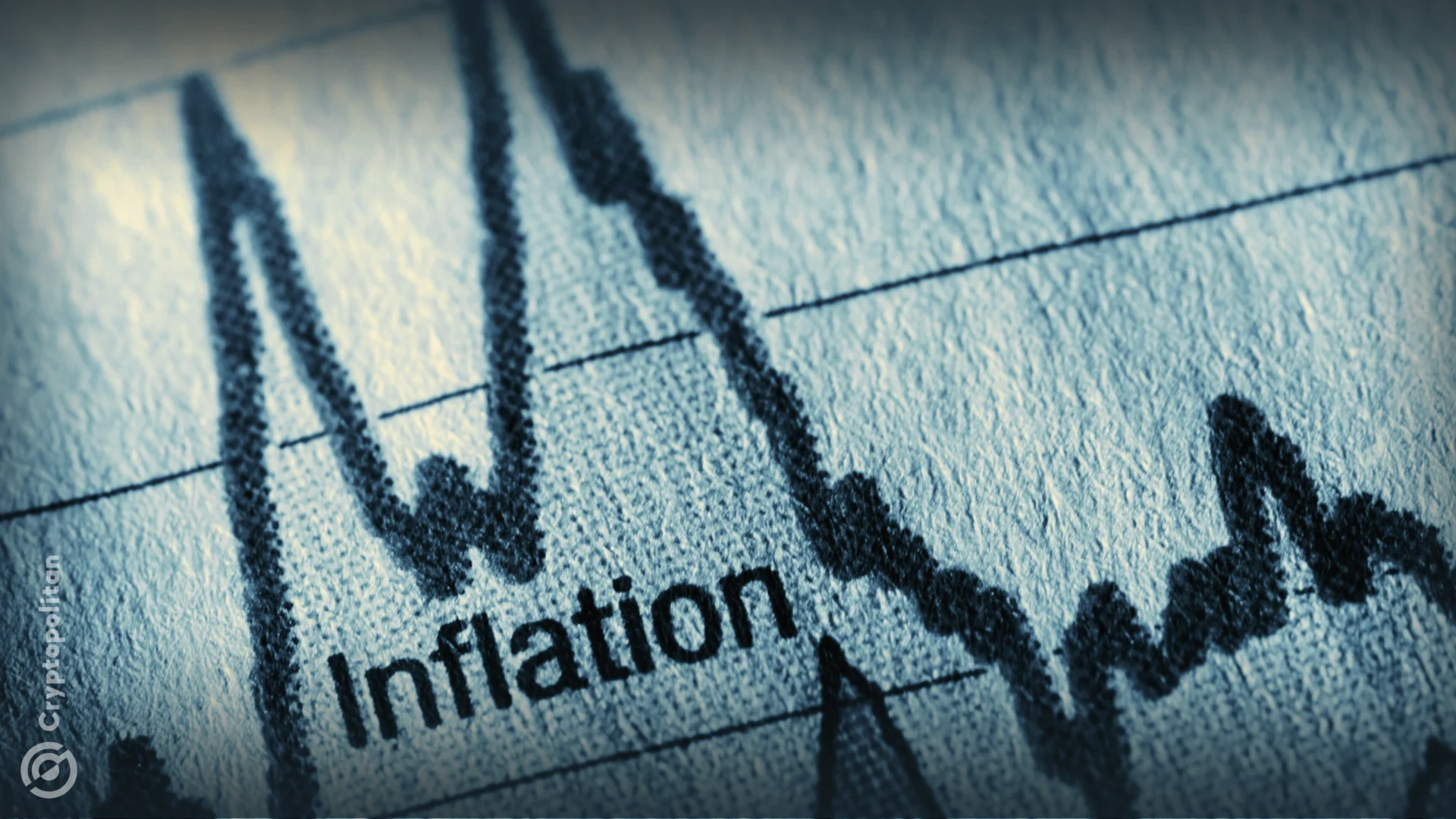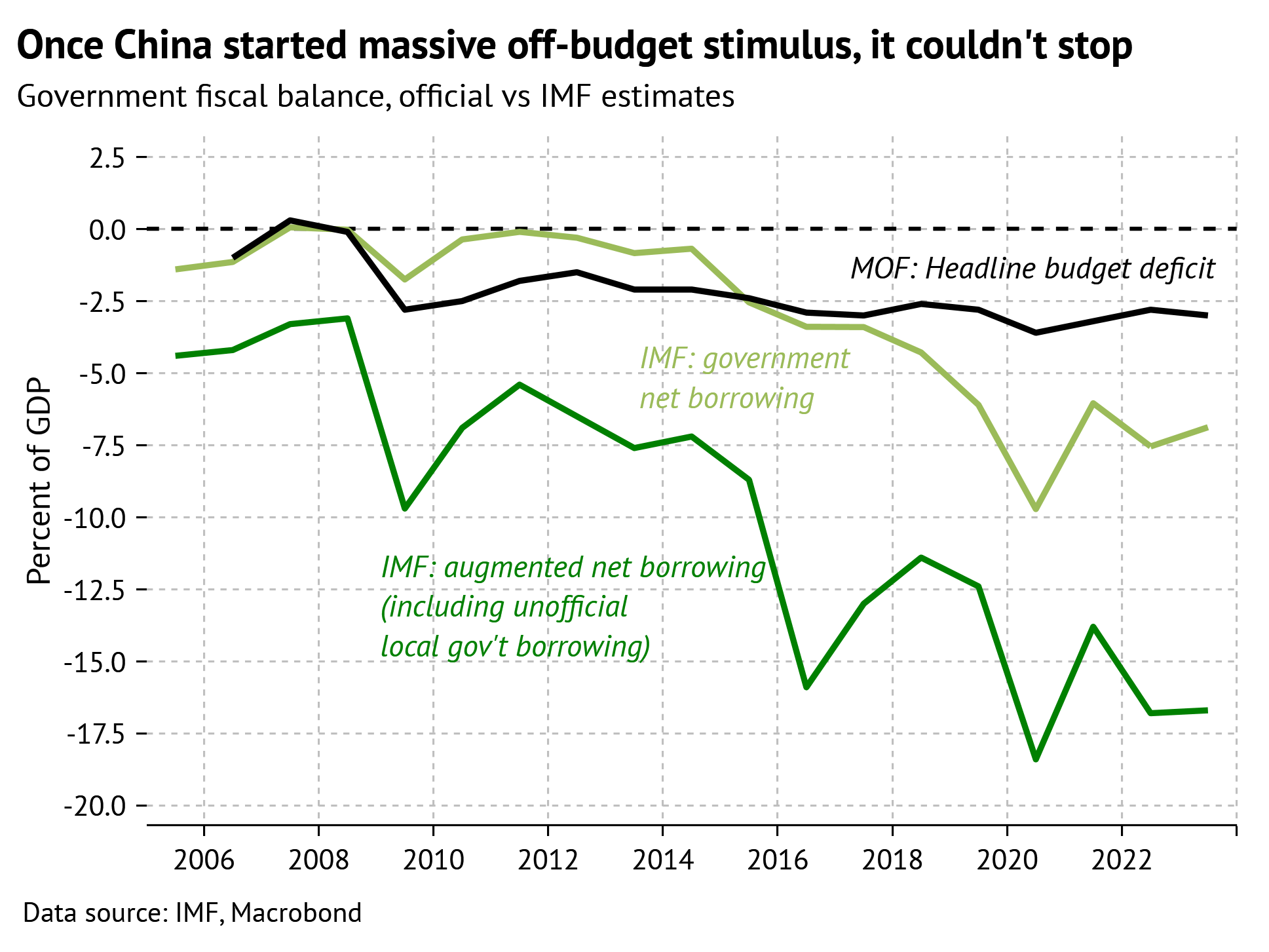The Federal Reserve is staring at its worst-case scenario. All three major inflation indicators—Core Consumer Price Index (CPI), Personal Consumption Expenditures (PCE), and Producer Price Index (PPI)—are rising together for the first time since February 2022.
Yesterday’s data confirmed what many had feared: inflation isn’t just stubborn; it’s making a comeback. The question now is simple—what does the Fed do next?
Core PCE inflation, the Fed’s preferred metric, surged to 2.8% in October. This is up from its recent low of 2.6% in July. For a central bank that has spent nearly two years trying to pull inflation back to its 2% target, this is not good news.
The annualized data is even worse. One-month Core PCE inflation is nearing 4%, while the three-month figure is back above 2%.
Core CPI inflation came in at 3.3% for October, up from 3.2% last month. That was the 42nd straight month where Core CPI has remained above 3%. If that doesn’t scream persistence, nothing does.
Not since the early 1990s has inflation been this entrenched for this long. And compounding inflation like this is not something the Fed can ignore.
Rising wages and housing costs add more heat
Wage growth is another factor keeping inflation alive. Companies are paying more for labor, and these costs inevitably end up being passed on to consumers. This is a clear pattern. Higher wages mean higher prices for goods and services, keeping inflation alive.
Housing costs are another culprit. Despite earlier predictions of cooling rents, housing-related costs jumped 0.4% in October. Housing is a huge part of the inflation basket, and when rents rise, inflation rises with them. This dynamic has been fueling the fire even as other sectors cool off.
When the Fed started easing its monetary policy earlier this year, financial markets responded as if rate hikes had never happened.
This “Fed pivot” created looser financial conditions, which ironically helped inflation stick around. Now with inflation metrics climbing, the Fed is caught between a rock and a hard place.
A flashback to the 70s
Fed Chair Jerome Powell isn’t exactly hiding his concern. He recently said the central bank isn’t in a rush to cut rates, signaling a more cautious approach.
“We’re watching the data,” Powell said, but the data isn’t exactly friendly. Breaking down PCE inflation paints an equally grim picture. The one-month, three-month, and six-month annualized numbers are all pointing toward a 3% inflation rate. This trend doesn’t support any notion of hitting the Fed’s 2% target anytime soon.
The situation has eerie parallels to the 1970s. Back then, inflation dropped from 12% in 1975 to 4% in 1976, only to spike to 15% by 1980. History shows that inflation often comes back with a vengeance if not managed aggressively.
The Fed knows this but faces enormous pressure not to overcorrect and trigger a recession. Meanwhile, the Producer Price Index is trending up as well, which is a bad omen for consumer prices.
PPI measures what producers pay for goods, and rising PPI often leads to higher consumer prices. It’s a chain reaction, and it’s already underway.
Gold and the markets respond
The markets are already reacting to the Fed’s dilemma. Gold, a classic safe-haven asset, climbed for the fourth day straight, trading near $2,665 per ounce on Friday. The weaker dollar is partially responsible, making gold cheaper for international buyers. But it’s also about rising fears of economic instability.
Geopolitical tensions are adding fuel to the fire. Russian President Vladimir Putin’s warnings of strikes on Ukrainian “decision-making centers” have only increased demand for haven assets like gold. At the same time, swaps markets are betting on a 60% chance the Fed will cut borrowing costs again next month.
That might boost gold further since lower rates make non-yielding assets like gold more attractive. But the dollar’s weakness isn’t just about geopolitics though. It’s also a reflection of declining confidence in the Fed.
The Dollar Spot Index fell 0.2% on Friday and is down 1.1% for the week. Other precious metals like silver, platinum, palladium, and also crypto markets are also rallying, showing how uncertainty is spreading.
A Step-By-Step System To Launching Your Web3 Career and Landing High-Paying Crypto Jobs in 90 Days.





